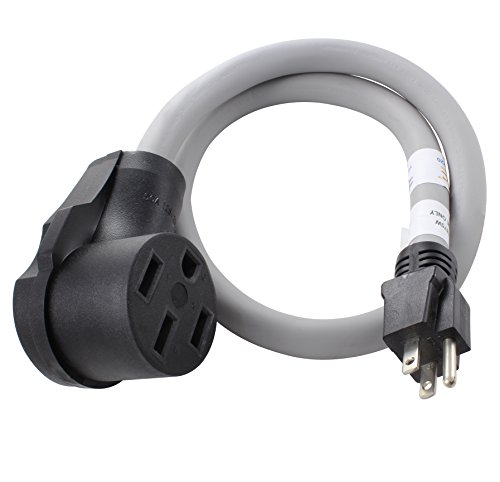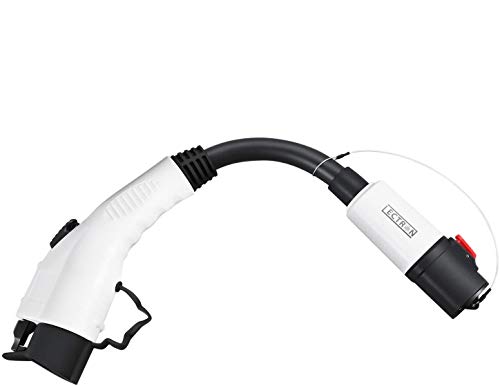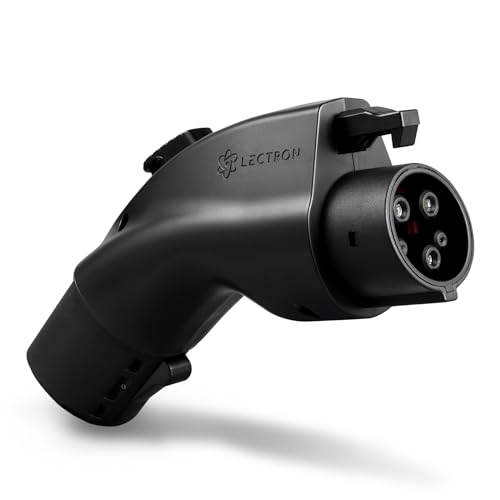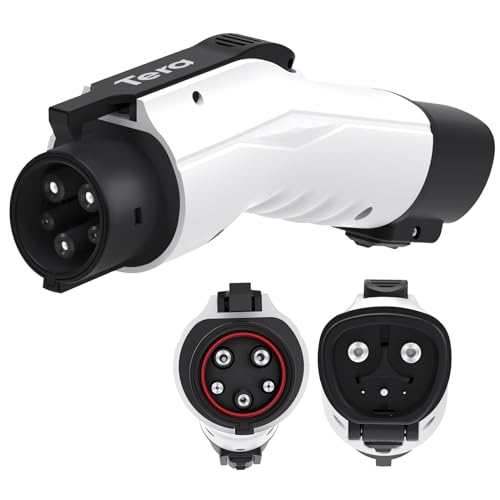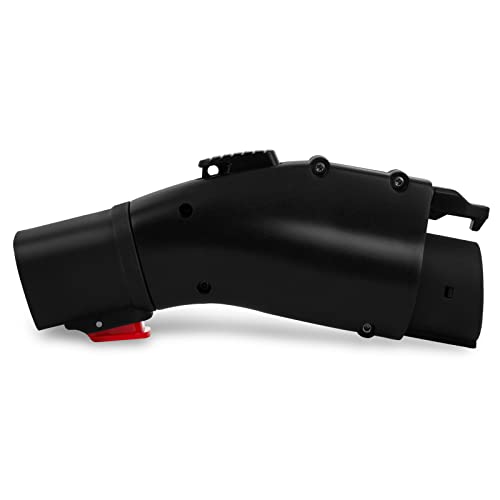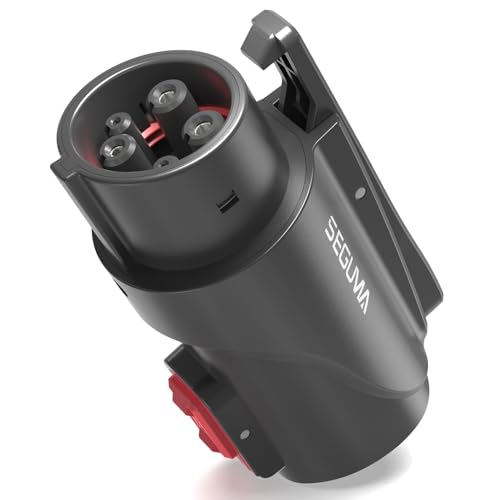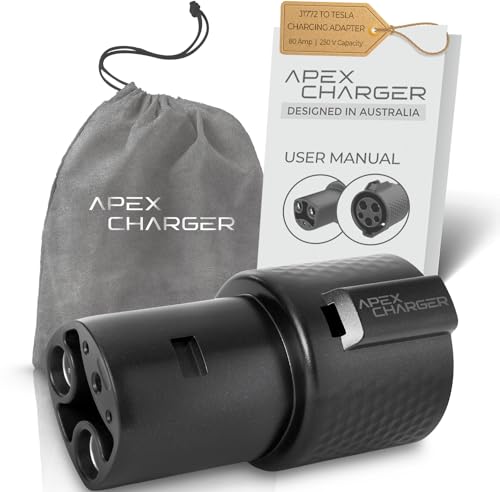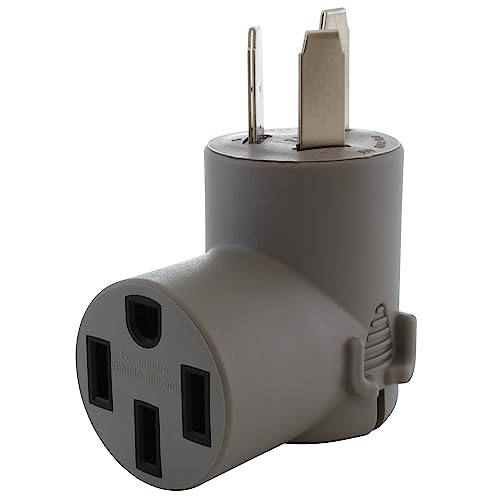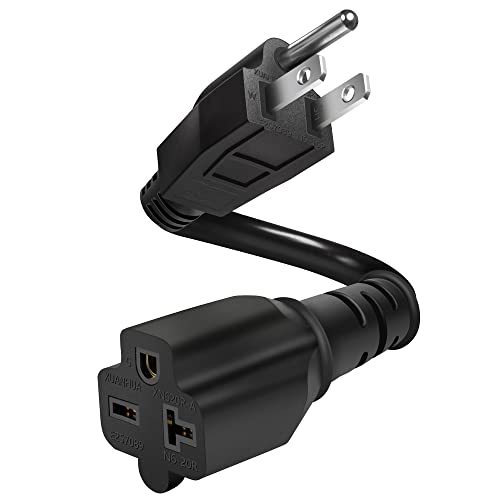As we transition to a more eco-conscious world, the infrastructure supporting electric vehicles is becoming increasingly sophisticated. Home EV chargers are at the forefront of this revolution, offering owners the convenience of charging their vehicles overnight, ensuring a full battery at the start of each day. But with a variety of EV models on the market, understanding the compatibility between chargers, adapters, and connectors is crucial for an efficient and effective home charging setup.
The Core Components of Home EV Charging
The ecosystem of home EV charging is built around three core components: chargers, adapters, and connectors. Each plays a vital role in the charging process, ensuring that your vehicle is powered safely and efficiently.
Chargers: The charger, often referred to as Electric Vehicle Supply Equipment (EVSE), is the bridge between your home's electrical system and your vehicle's battery. Chargers come in various levels, with Level 1 and Level 2 being the most common for residential use. Level 1 chargers use a standard 120V outlet, ideal for overnight charging, while Level 2 chargers require a 240V outlet, offering faster charging times.
Adapters: Adapters are the unsung heroes of the EV charging world, providing the flexibility to connect your EVSE to different types of outlets or to charge vehicles with different inlet ports. They are particularly useful for EV owners who travel frequently and may encounter a variety of charging scenarios.
Connectors: The connector is the physical link that attaches the charger to your vehicle. The most common types are the J1772 for AC charging, used by most EVs in North America, and the CCS and CHAdeMO for DC fast charging. Tesla vehicles use a proprietary connector, though adapters are available for non-Tesla EVSE.
The Importance of Compatibility and Safety
Understanding the compatibility between your vehicle, the charger, and the connector type is crucial for a safe and effective charging experience. Always ensure that the charger you select is compatible with your vehicle's specifications and that any adapters or connectors are approved by both the charger and vehicle manufacturers.
Safety is paramount when charging an electric vehicle at home. Opt for EVSE that is certified by recognized testing laboratories and adhere to local electrical codes and regulations. Regular maintenance and inspection of your charging equipment can prevent electrical hazards and ensure longevity.
Optimizing Your Home Charging Setup
To maximize the efficiency and convenience of your home charging setup, consider the following tips:
Assess Your Charging Needs: Determine whether Level 1 charging is sufficient for your daily needs or if a Level 2 charger would better suit your lifestyle.
Professional Installation: For Level 2 chargers, professional installation by a certified electrician is recommended to ensure that your home's electrical system can safely accommodate the increased load.
Smart Chargers: Consider investing in a smart charger with features such as programmable scheduling, usage tracking, and remote control via smartphone apps. These features can help you take advantage of off-peak electricity rates and monitor your energy consumption.
Home EV charging technology is making electric vehicles more accessible and convenient than ever before. By understanding the different types of chargers, adapters, and connectors, and ensuring compatibility and safety, you can create an efficient and user-friendly charging setup at home. As the adoption of electric vehicles continues to grow, the ability to charge at home will become an integral part of the EV ownership experience, driving us toward a cleaner, more sustainable future.
